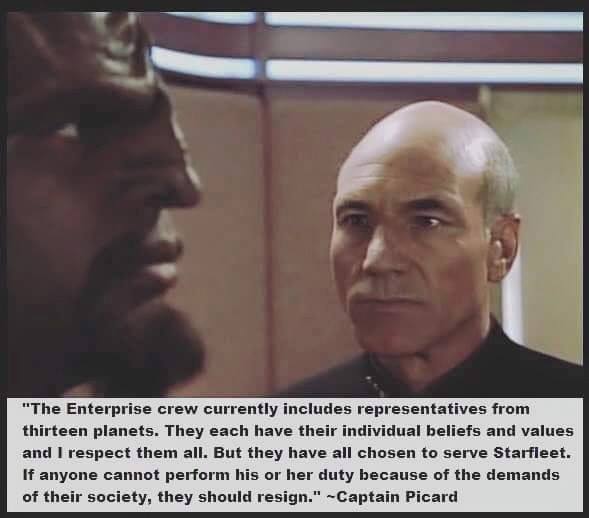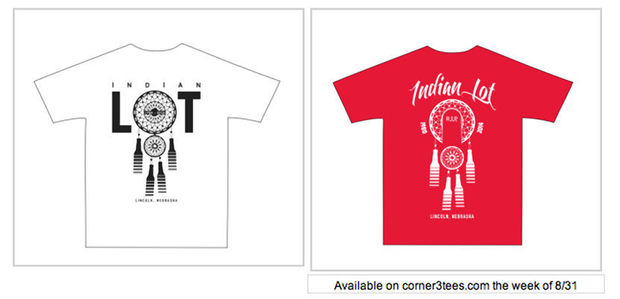A Twitter exchange on Marvel's
new Red Wolf:
Lita Nadebah Beck @LitaBeck Sep 8
Re: Marvel's #RedWolf, I think it's worth pointing out that character from made-up tribe is no win for diversity #RepresentationMatters
BlueCornComics @bluecorncomics Sep 10
@LitaBeck I question the Veregge cover too. Looks like a stylized version of new costume with painted mask, bear paws on half-naked savage.
Lita Nadebah Beck @LitaBeck Sep 10
@bluecorncomics Have you seen the alternate cover? This book is like stereotype Mad Libs:
Red Wolf Can Keep His Shirt On

No, I hadn't seen it, I responded. Not much of a costume, but it's the kind of clothing Indians such as Geronimo wore in 1872. A Facebook commenter added some thoughts:
The issues with Red Wolf so far: 1) Northwest artist advising on a character Marvel has strongly stated in press releases is ingrained in the Southwest (this is not a insult against Jeff Veregge because he's a great artist, its just he hasn't shown qualifications for the type of story Marvel has been advertising). 2) "Does he wear warpaint to bed?!?!" --Lee Francis, meaning the design is a little cliché and not updated very well (see Equinox from Justice League Unlimited for a good portrayal of a Native superhero costume). 3) Marvel's new "diversity" hires seem gimmicky so far and there is apprehension they will not stick to the promise of a more diverse future. 4) So far the character and story are just boring and not very exciting. Maybe when his own title comes out in Dec it will be better, but for now it's just "eh."It's good that Native artist Veregge is involved. But he's doing covers more than anything else, so I wonder how much input he'll have. If any.
Since they seem to be playing Red Wolf as a generic Indian, I wouldn't rule out Veregge's offering useful ideas. I also wouldn't rule out their ignoring him unless he makes his points forcefully. Backed by a willingness to go public or even quit if they do something worse than "wearing facepaint to bed."
Violent vigilante?
Then there's the issue of the writer. As I tweeted:
@bluecorncomics
.@LitaBeck Another Red (Wolf) flag: writer Edmondson is allegedly a right-winger who's anti-gay and harasses women.
On Nathan Edmondson, Marvel, and the Cycle of Harassment (Updated)
I continued my commentary on Facebook:
Now it would surprise me even less if Red Wolf is a ruthless vigilante a la the Punisher while other Indians are downtrodden, faceless, or invisible.
This led to a
discussion with comics critic Greg Burgas:
I read about this a few days ago, and the key, as always, is allegedly. Being conservative isn't a crime, nor is disparaging anyone verbally. What's frustrating about this is not that Edmondson is a scumbag (I'm sure he is), but that the people accusing him of being a scumbag are saying, "Trust us, we're right!" But why should we? Is this a whisper campaign just because you don't like the guy or his politics? Why will absolutely no one go on the record? I know the reasoning for that--that companies will blacklist those who speak up--but that's problematic, because then we're just supposed to trust the word of people whose ulterior motive we don't know. This is very frustrating, and I hate thinking it's a smear campaign, but every article I've read about it offers absolutely no evidence except, "This is what we've heard but we can't verify."Being conservative isn't a crime, but a conservative is a poor choice to write the most mainstream comic book about an Indian since
Scalped. Especially since the violent vigilante tone they're hinting at is similar to the approach we saw in
Scalped.
That's my main concern here. Harassing women is serious but, as you say, there's no hard evidence. And it'll have less effect on the Red Wolf comics than a general right-wing philosophy.
Oh, I agree. I haven't read a lot of Edmondson's work, but he seems like a poor choice for something like this, unless he's simply going to write him as a "ruthless vigilante," as you point out. He seems to write middle-of-the-road action stuff, with a pro-military bent, which makes him a good writer for 1980s action movies but perhaps not the guy you want writing this.And regardless of Edmondson's alleged right-wing philosophy, what are his qualifications for writing about Indians? His claim that Red Wolf is from another dimension and doesn't need a historical background?
That should be an immediate
disqualifier, not a clever qualifier. Yet Edmondson will get to define Indians in mainstream comics for the next decade the way Jason Aaron did for the last decade.
If Marvel wants to experiment with a Native comic book, how about experimenting with a Native writer too? I could suggest dozens of Native writers who would bring a fresh approach to the comic a la
Ms. Marvel.
Or perhaps Marvel is thinking, "We'll experiment with a Native comic book, but only with an established writer who'll give us an established take. Sort of a Clint Eastwood/Jason Bourne/Punisher thing that has nothing to do with real Indians but is sure to be popular."
In that case, we should be slamming Marvel as much as applauding it for its weak and ambivalent choices. Which is what I'm doing here. ;-)
For more on
Red Wolf, see
Marvel to Relaunch Red Wolf and
Same-Old, Same-Old Red Wolf.
















